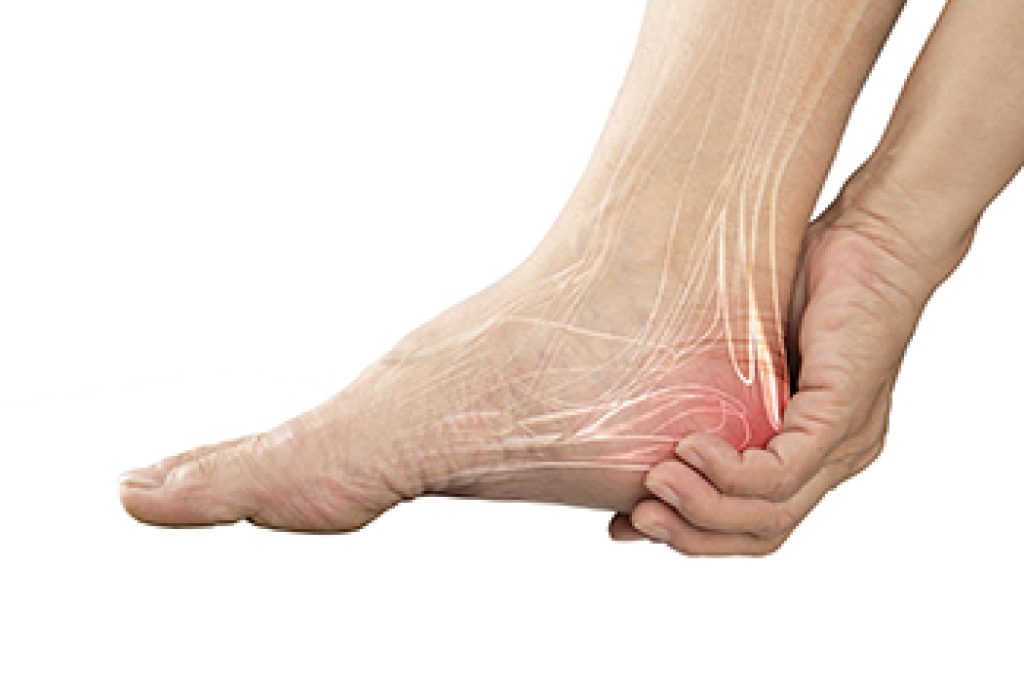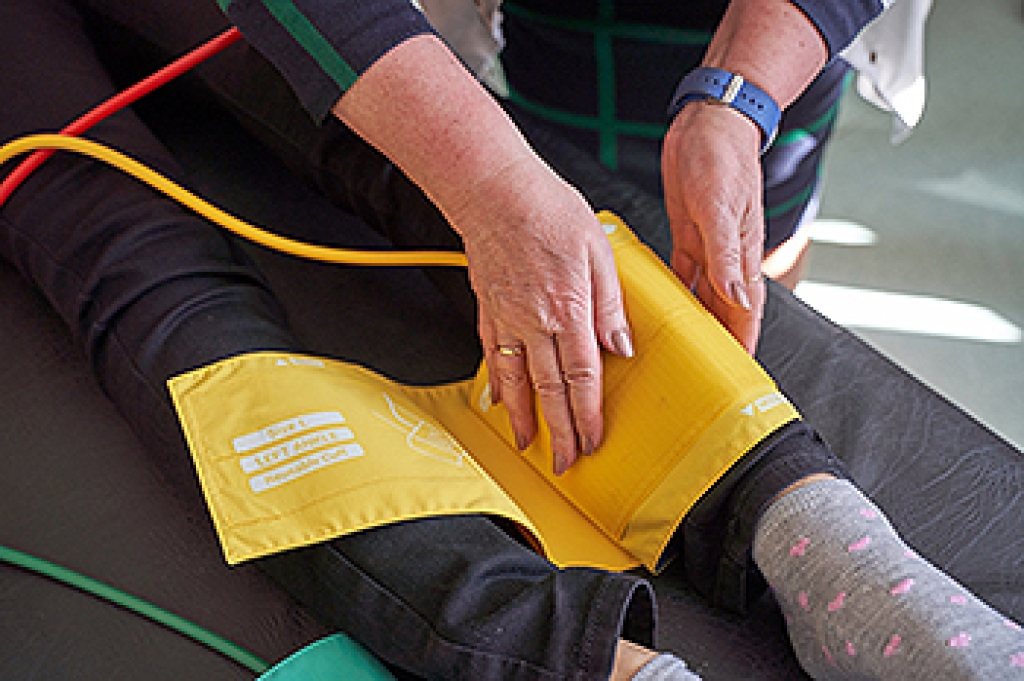
Pain in the bottom of the foot can come from several conditions that affect comfort and movement. A sprain may cause swelling and tenderness after sudden twisting. Morton's neuroma creates burning or tingling near the toes due to nerve irritation. Plantar fasciitis leads to sharp heel pain that is worse in the morning. Flat feet can cause aching along the arch from poor support. Each condition has unique symptoms, but all can limit daily activities. A podiatrist can perform a thorough evaluation, provide custom treatment, and recommend supportive footwear or orthotics to reduce strain and improve function. If you have ongoing foot pain, it is suggested that you consult a podiatrist who can determine what the cause is, and offer effective treatment solutions.
Foot Pain
Foot pain can be extremely painful and debilitating. If you have a foot pain, consult with Manisha Mehta, DPM from Detroit, MI. Our doctor will assess your condition and provide you with quality foot and ankle treatment.
Causes
Foot pain is a very broad condition that could be caused by one or more ailments. The most common include:
- Bunions
- Hammertoes
- Plantar Fasciitis
- Bone Spurs
- Corns
- Tarsal Tunnel Syndrome
- Ingrown Toenails
- Arthritis (such as Gout, Rheumatoid, and Osteoarthritis)
- Flat Feet
- Injury (from stress fractures, broken toe, foot, ankle, Achilles tendon ruptures, and sprains)
- And more
Diagnosis
To figure out the cause of foot pain, podiatrists utilize several different methods. This can range from simple visual inspections and sensation tests to X-rays and MRI scans. Prior medical history, family medical history, and any recent physical traumatic events will all be taken into consideration for a proper diagnosis.
Treatment
Treatment depends upon the cause of the foot pain. Whether it is resting, staying off the foot, or having surgery; podiatrists have a number of treatment options available for foot pain.
If you have any questions, please feel free to contact our office located in Detroit, MI . We offer the newest diagnostic and treatment technologies for all your foot care needs.




